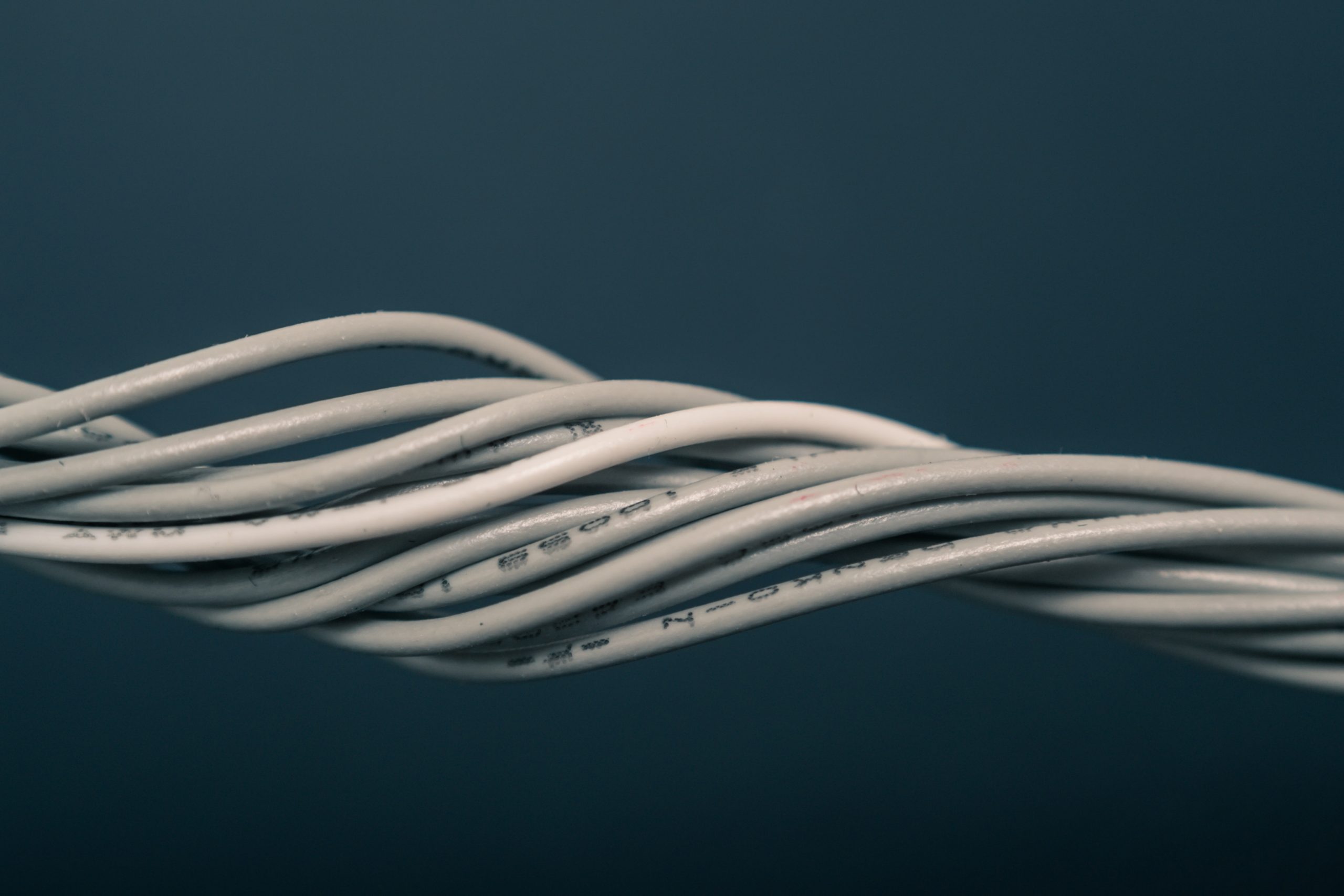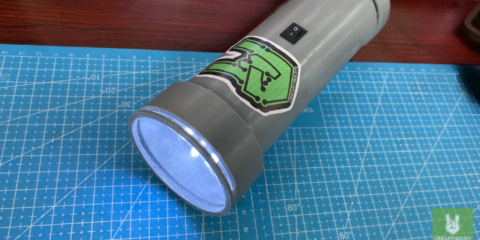Welcome to the third part of the basic electronics series! This time we are going to discuss everything you need to know about capacitors, a highly underrated electric component, but is essential in Arduino craft.
What is a Capacitor?
A capacitor is a passive electric component that stores energy. You charge a capacitor by connecting it to a power supply. In the same way, you discharge it by disconnecting it. This function makes capacitors desirable in a plentiful of circuits. More on that later.
Capacitors look like this on schematics:

Capacitors (Image credit: AllAboutCircuits)
Capacitance
Capacitors are measured in Farad. Farad, abbreviated as F, is the unit of capacitance. Further, capacitance is the amount of energy your capacitor can store. More capacitance means a more substantial capacity.
Moreover, the value of capacitance is always positive. Having a negative value doesn’t make sense considering it depicts storage capacity.
Unlike resistors, where resistance values reach up to millions of ohms, capacitors have significantly smaller values. Typical values range from picofarads (10×10-12 ) to microfarads (10×10-9 ). Capacitors that exceed these are usually unique.
How a Capacitor Works
A capacitor composes of a pair of conductor with an insulator in between. When current flow, the charges stay in the insulator due to a material inside the capacitor called an insulating dielectric.
Further, the insulating dielectric separates the positive and negative charges of the current. These charges get stuck on opposite sides, creating an attraction that produces an electric field. At this time, the capacitor builds up electric potential energy. When the capacitor reaches its maximum capacity, they repel any more current from flowing. These charges leave the capacitor and discharges.
Types of Capacitors
Ceramic Capacitors

Ceramic capacitors (Image credit: Capacitorguide)
A ceramic capacitor is a capacitor with a ceramic dielectric. These capacitors are usually small in size and capacitance value. However, they have much lower ESR (Equivalent Static Resistance) and leakage current than electrolytic capacitors. A low ESR is desirable since it produces unnecessary heat and power loss. These are suitable for coupling and decoupling applications.
Electrolytic Capacitors

Electrolytic capacitors (Image credit: Wikipedia)
Electrolytic Capacitors are the go-to capacitors for high-voltage applications. These capacitors look like cans with two lead stands. Compared to ceramic capacitors, they have higher capacitance values.
Usually, these capacitors are polarized, which means they have a positive (anode) and a negative (cathode) pin. Also, the anode must be at a higher voltage than the cathode to make the capacitor work. Some capacitors explode when you connect it differently, so always double-check! The cathode is usually marked with a grey stripe on the capacitor body. Meanwhile, the leg of the anode is always longer than the cathode.
Unfortunately, electrolytic capacitors are infamous for their leakage current, making them unsuitable for energy storage. Nevertheless, they work perfectly as rectifiers.
Supercapacitors

Super capacitors (Image credit: AllAboutCircuits)
Supercapacitors are beefed up electrolytics. They have massive storage compared to ceramic and electrolytic capacitors. Their values range from farads to kilofarads.
However, supercaps have lower tolerance with higher voltages. You can use a workaround by placing them in series to increase their voltage rating, but take note that it decreases its total capacitance as well.
Supercapacitors are perfect for storing and releasing energy. They release energy much faster than a battery and have a much longer lifespan.
There are other types of capacitors, but you won’t need them if you’re just dealing with Arduino boards. Check this link if you want to know more about them.
Capacitors in Parallel
Capacitors in parallel are the same with resistors in series. You just add the individual values of the capacitors and you get the total capacitance.
Capacitors in Series
On the other hand, computing capacitors in series behave just like resistors in parallel. You get it by dividing all values to 1 individually and adding them as a whole. After that, you divide the sum again to 1.
Uses of a Capacitor
Decoupling (Bypass) Capacitors
Decoupling capacitors are capacitors that reduce high-frequency noise in signals coming directly from a power supply. These signals, when left unbypassed, create voltage ripples that damage ICs.
The way decoupling capacitors work is that they serve as an isolated power supply for ICs. If the main power supply temporarily drops voltage, a decoupling capacitor temporarily supplies power to maintain the correct voltage.
To use a capacitor as a decoupler, you connect it with the mains power supply to the ground. While this sounds like shorting your power to the ground, it actually won’t. The capacitor only allows high-frequency signals to flow to the ground. In fact, this is highly desirable since it separates the high-frequency noise from the actual DC signal that goes to the IC.
Unless stated on the datasheet, a 0.1µF ceramic capacitor usually works well as a decoupler. Place it nearest to the IC for maximum efficiency.
Rectifier Filter
A rectifier converts alternating current to direct current. Generally speaking, a rectifier refers to a set of diodes arranged to clip the negative cycle of an alternating current. A filtering capacitor smoothens the remaining positive signal to something electronics can use.
There might be more capacitors than you think! There are four electrolytic, tin-can-looking caps ranging from 47µF to 1000µF. The big, yellow rectangle in the foreground is a high-voltage 0.1µF polypropylene film cap. The blue disc-shaped cap and the little green one in the middle are both ceramics.
Energy Storage
Using capacitors as power supply means you prefer a more extended life rather than a high energy density. Moreover, they provide energy faster than conventional batteries. This function makes them excellent for supplying high bursts of energy. For instance, a camera flash.
Signal Filter
Since capacitors are capable of blocking out specific frequencies, they make perfect signal filters. You can use them to block low frequencies, which is especially helpful in equalizing audio signals. Alternatively, you use inductors to filter high frequencies.





